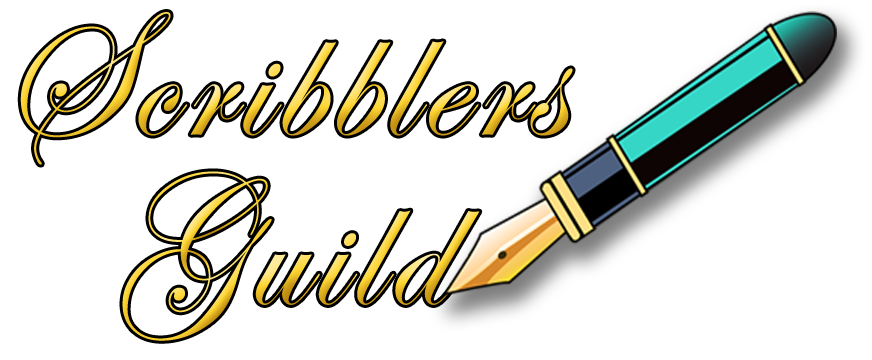How to Rivet Your Reader with Narrative Drive
 What is it that keeps a reader interested in your memoir? Why should they keep reading what you have to say? And what’s Narrative Drive anyway?
What is it that keeps a reader interested in your memoir? Why should they keep reading what you have to say? And what’s Narrative Drive anyway?
I first heard the term narrative drive from John Truby, Hollywood screenwriter, and one of my heroes.
Narrative drive is the momentum that carries any story forward – a situation, investigation or inquiry that must be resolved in order for the story to make sense to the reader and satisfy their curiosity.
Why do we love stories?
Some people identify with characters – their adventures resonate with the reader in some way, giving them a sense of “Yes, I get that,” when they find a character they love or one which confirms their own beliefs and values.
Some want to escape to a different world, where they get to be someone else for awhile, living in a different environment with different rules. Others want to be reminded of a simpler time or one they recall with affection, which is why they choose memoirs and autobiographies. And some want to learn how another has overcome adversity, in the hope that they might do so as well.
 But the one thing that ties all these elements together is narrative drive.
But the one thing that ties all these elements together is narrative drive.
Readers read because while they’re immersed in the story, they want to know what’s coming. They want to bridge the gap between the question posed at the beginning of the story and its resolution at the end.
What happens next?
Stories that rivet the reader are built on the foundation of an unanswered question or questions, what happens next.
- Will the hero win the princess?
- What if the villain gets the upper hand? How can he be beaten?
- What do I have to do, or be, or learn, in order to conquer this illness, this dilemma, this confrontation?
In every story, there is one main question that must be resolved. Otherwise, there’s no narrative drive. Narrative drive is the element that provides the thrust and tension, forcing the characters (and the reader) forward and keeping the action happening. No action, no narrative drive, no momentum, no story.
How can we inject our own story with a strong narrative drive?
Find the right question, and you’ll have your reader hooked. By answering some of the prompts in last week’s post on scene construction we can heighten and improve the narrative drive of our story.
 Let’s say one of your scenes is largely composed of background information with very little action, perhaps describing your motivations and reasons for acting in a certain way. If you simply narrate the information as a series of facts, your reader will very likely lose interest, like this young lady.
Let’s say one of your scenes is largely composed of background information with very little action, perhaps describing your motivations and reasons for acting in a certain way. If you simply narrate the information as a series of facts, your reader will very likely lose interest, like this young lady.
However, if you can rewrite your scene so that it bridges a gap from the previous scene to the next or hints at more eventful scenes which follow, (foreshadowing) or show your character being driven or hampered by that background information, you can keep your reader glued to the page. They can’t wait to find out if your hero can change or triumph over limitations, because their interest isn’t distracted by the slower pace of explanation.
Description slows down the narrative. Action gives it more strength and punch. Showing vs. telling is much more powerful and contributes greatly to narrative drive.
An example:
I’m using the precepts of fiction but in the case of memoir, the main character would be you.
If the reader needs to know that you were extremely shy and insecure (backstory), that insecurity could be shown by your body language, facial expressions and emotional response in reaction to overhearing another character’s derisive laughter, instead of simply saying you’re insecure. Showing the reader, instead of telling him, is far more powerful and subjective. He participates in the story, instead of merely being an objective observer.
5 Tips to help intensify your narrative drive:
1. Action – events or happenings which occur because there is an unanswered question carried throughout the entire story, providing momentum and moving the reader along in its flow.
2. Strong character motivation and goals and what happens in reaction to them. The protagonist must have an overarching goal or need which determines what he does and how he reacts. The unanswered question usually relates to that goal or need. Finding allies, encountering enemies or roadblocks, all of his decisions and external opposition to them are based on these goals. It’s the thread which ties the whole story together.
 3. Tension and conflict caused by opposition to the character’s goals. Conflict doesn’t necessarily have to be a fight. It can be opposing belief systems or values, opinions, cultures and upbringing. Tension results from frustration, miscommunication, unresolved situations, unanswered questions, lack of closure.
3. Tension and conflict caused by opposition to the character’s goals. Conflict doesn’t necessarily have to be a fight. It can be opposing belief systems or values, opinions, cultures and upbringing. Tension results from frustration, miscommunication, unresolved situations, unanswered questions, lack of closure.
4. Dialogue and speech patterns make your character more relatable and action-oriented and they can help to define a distinct personality. Speech has more power and momentum than description.
5. Anticipation – setting up an upcoming event by foreshadowing. It’s used a lot in cinematography: a look, a grimace, a close-up of an article which becomes significant later in the story, a cliffhanger at the end of one story or chapter, leading to the next.
We humans are curious creatures. We have to know how it all turns out, even if it’s an unmitigated disaster. We need conclusions. We need closure. Only then does a story truly satisfy.
Always keep the reader’s need for a tale’s ultimate resolution in the back of your mind. When you’re writing your memoirs, remember to incorporate the unresolved issues and unanswered questions that are so necessary to good storytelling. Do that, and you’ll be well on the way to mastering narrative drive in your own stories.
Happy Writing!


One Comment
Linda Clulow
I like this Bev! Especially where you explain, “if you want your reader to know you are shy, show with body language, facial expressions etc instead of just saying it”. I will work on it!! Happy New Years!!